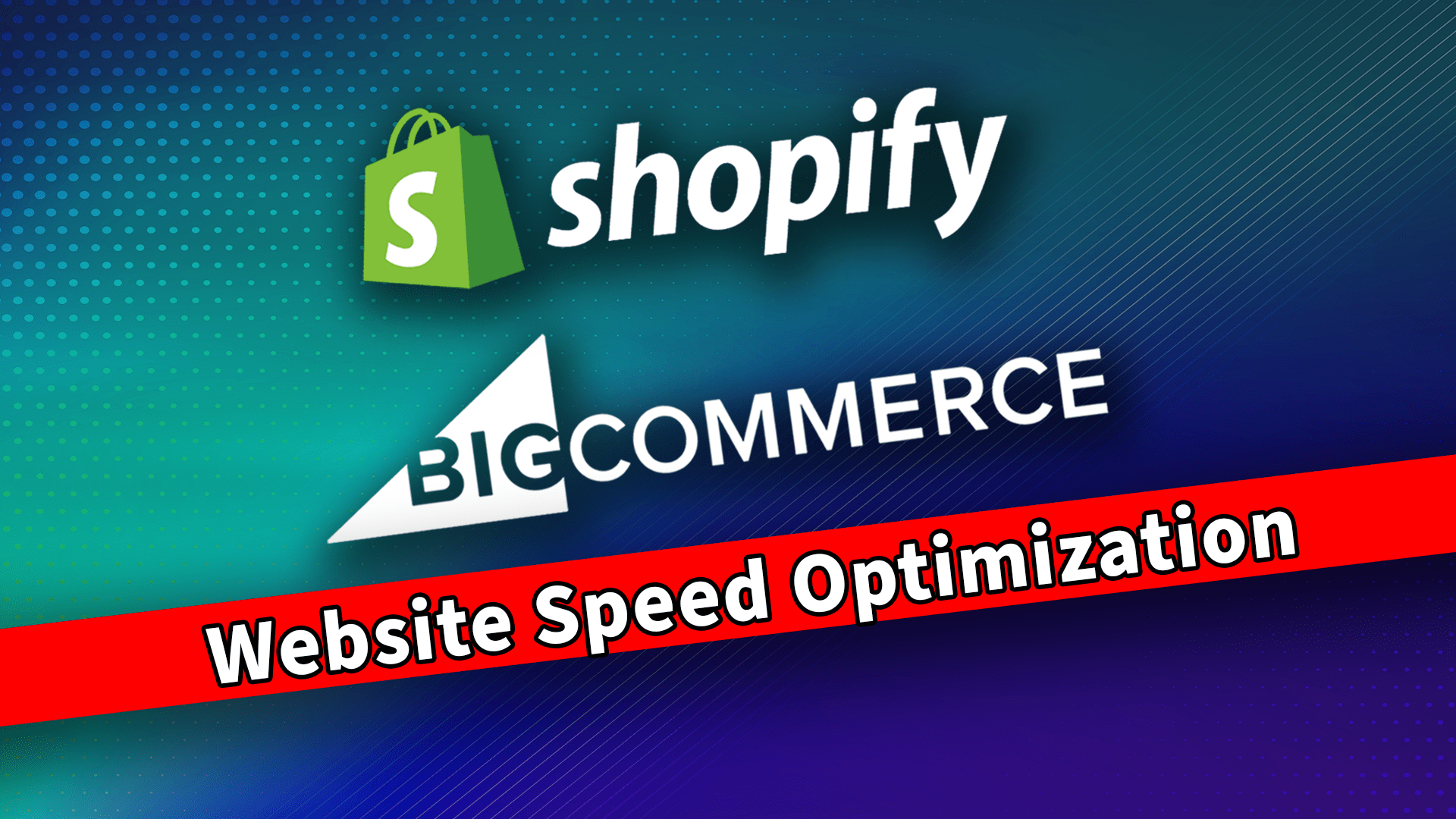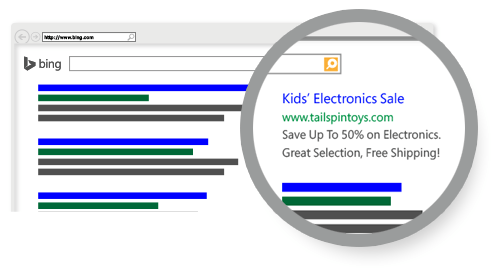Google has released a bunch of updates in the past few months and they keep doing even more updates. As usual, they’re focusing on three things: thin content, page speed, and user experience. You need to check your website accordingly.
Increasing Conversions With Page Speed
Why is page speed important?
Optimum7 receives data from about 200 different eCommerce sites. The team knows how fast they load, what their conversion rates are, and what their engagement metrics are. Then the developers can build direct correlation into the conversions and the ROI of their marketing efforts based on, again, user engagement. Page speed plays a significant role as a line item for a formula that builds into that ROI.
What is the challenge?
BigCommerce or Shopify is not like WordPress or WooCommerce. They have hosted solutions. Therefore, it is harder to do speed optimization on these platforms. Add the fact that different websites on Shopify and BigCommerce have different templates, and it becomes very difficult.
Clients send many requests for page speed optimization on Shopify and BigCommerce. Developers have to come up with a specific process to address this problem.
Process For Testing Site Speed
What steps do you need to take?
First, run a page speed test with the page insights tool on Google. That tool tells you exactly what’s wrong when you’re loading different pages on your site. However, your homepage, product page, category pages, review pages, content pages, and blog have different kinds of elements or code. The pages might even have different JavaScript codes.
Second, identify which pages of your site are essential. For an eCommerce site, the homepage is very important. So are product pages regarding loading times and category pages.
These pages are important because most of the traffic that might be coming from Google, organic AdWords, or Facebook are landing on these pages. The pages need to have a good user experience to make a lasting impression.
Troubleshoot Slow Loading
Page speed is the first user experience. If your product page or your category page loads slowly as somebody is clicking on it from a Google Search, the user won’t wait. They will switch to a competitor.
Once you’ve accounted for page speed, look at all the images on your site and optimize all the images. Certain plugins with Shopify and BigCommerce will optimize but they aren’t efficient and overlook many elements. Be mindful and address this flaw as you’re adding products to your BigCommerce or Shopify.
Third, prioritize these pages and look at which elements are killing your page speed. Most of the time, JavaScripts are the top culprits. These are tracking codes from third parties. Clean all the unnecessary JavaScripts. For necessary ones, minimize them. You can use a specific process for that.
Four, lazy load on these pages. A specific lazy load code will be able to load the site fast as the user interacts with the website. For example, let’s say your product pages have YouTube-embed videos. What happens is as the site loads, as your product page loads, the YouTube embed needs to load that JavaScript to display the video.
However, the user might not even click to play that video. The lazy load allows one to load that section as an IFrame of the video, but not actually load the JavaScript. It only loads the JavaScript if the user clicks Play.
When the Google bots or the user comes to your site, the JavaScript for YouTube is never loaded unless they click on it, so they’re thinking this page loads pretty fast and that saves you a few seconds. With lazy load, there are probably 30 other specific details that Optimum7 marketers identify how to make an eCommerce, BigCommerce, or a Shopify site faster.
Finding Out More About Loading Speed Tests
If you’re interested in the full list, please contact the team. Optimum7 is happy to provide it to you, but you have to have somebody internally in your dev team who can make these changes. If you don’t know how to make these changes, Optimum7 is always here to help.





